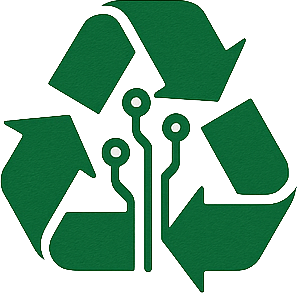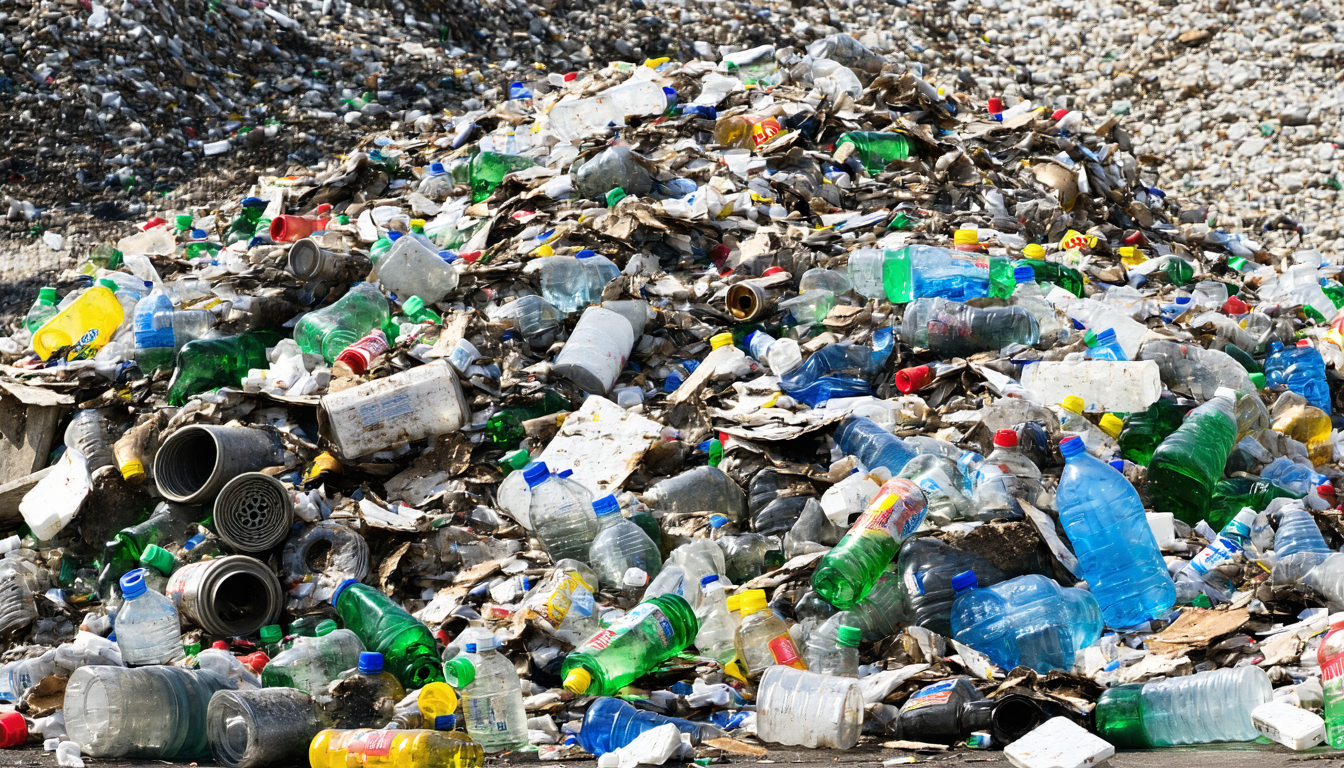Introduction
In the ever-evolving landscape of environmental management, Weinberger Waste Disposal has emerged as a significant player in the United States. This company, known for its innovative approaches to waste handling and recycling, has recently made headlines with new initiatives and partnerships aimed at enhancing sustainability. From cutting-edge technology deployments to community-driven programs, Weinberger Waste Disposal is shaping the future of waste management. This article delves into the latest developments, their implications for stakeholders, and what lies ahead for this industry leader in the US.
Weinberger Waste Disposal’s Latest Initiatives
Weinberger Waste Disposal has rolled out several groundbreaking projects in 2023, focusing on reducing landfill waste and promoting a circular economy. In early October, the company announced a $15 million investment in advanced sorting technologies at its facilities in California and Texas. These systems use artificial intelligence to improve recycling efficiency by up to 30%, according to internal data released by the company.
The firm also launched a pilot program in partnership with local municipalities in Florida to educate communities on proper waste segregation. This initiative aims to divert an estimated 10,000 tons of recyclable materials from landfills annually. Such efforts highlight Weinberger’s commitment to tackling the growing waste crisis in the US, where over 290 million tons of municipal solid waste were generated in 2022, per the Environmental Protection Agency (EPA).
Significance for the Waste Management Sector
These developments are not just milestones for Weinberger Waste Disposal but also signal broader shifts in the industry. The adoption of AI-driven technologies sets a new standard for operational efficiency, potentially pressuring competitors to innovate or risk falling behind. Moreover, the focus on community engagement addresses a critical gap—public awareness—which often hinders recycling efforts.
According to Dr. Emily Harper, an environmental scientist at the University of California, “Companies like Weinberger are paving the way for smarter waste management solutions. Their investment in technology and education could inspire systemic change across the sector.” This perspective underscores the potential ripple effects of Weinberger’s strategies on national waste reduction goals.
Impact on Stakeholders
The initiatives by Weinberger Waste Disposal carry varied implications for different groups. For local governments, partnerships offer a cost-effective way to meet sustainability targets, as shared funding reduces budgetary strain. Residents benefit from cleaner neighborhoods and access to educational resources that empower them to contribute to environmental goals.
Businesses, particularly those in manufacturing and retail, may face increased scrutiny to align with stricter recycling standards influenced by such programs. However, they also stand to gain from reduced disposal costs through better waste management practices. Investors, meanwhile, view Weinberger’s growth trajectory positively, with stock prices rising by 8% since the technology rollout announcement in October 2023.
Challenges and Controversies
While the advancements are promising, they are not without hurdles. Critics argue that the high cost of implementing AI technology could limit scalability, especially for smaller waste management firms unable to match such investments. Additionally, some environmental groups question whether focusing on recycling alone adequately addresses broader issues like single-use plastic production.
On the other hand, supporters counter that technological innovation is a necessary first step toward comprehensive reform. Balancing these perspectives, it’s clear that while Weinberger Waste Disposal is making strides, systemic challenges in the US waste ecosystem require collaborative solutions beyond individual corporate efforts.
Future Outlook
Looking ahead, Weinberger Waste Disposal plans to expand its AI sorting systems to five more states by mid-2024, targeting a 50% increase in recycling capacity. The company is also exploring biodegradable packaging solutions, which could further reduce landfill dependency. Industry analysts predict that if successful, these moves could position Weinberger as a frontrunner in shaping federal waste management policies.
The broader implication is a potential shift toward tech-driven sustainability models nationwide. As public and governmental pressure mounts to address climate change, companies adopting proactive measures like Weinberger may influence future regulations and funding allocations.
Conclusion
Weinberger Waste Disposal stands at the forefront of transforming waste management in the United States through innovation and community outreach. Its recent $15 million investment in AI technology and municipal partnerships mark significant steps toward sustainability. While challenges like cost barriers and systemic issues persist, the company’s forward-thinking approach offers hope for meaningful progress. As Weinberger continues to expand its footprint, its actions could catalyze lasting change across the industry, benefiting both the environment and society.
Frequently Asked Questions (FAQ)
- What is Weinberger Waste Disposal known for?
Weinberger Waste Disposal is recognized for its innovative waste management solutions, including AI-driven recycling technologies and community education programs in the US. - Where has Weinberger recently implemented new technologies?
The company introduced advanced sorting systems in California and Texas facilities as of October 2023. - How does Weinberger’s work impact local communities?
Through partnerships with municipalities, it promotes proper waste segregation, aiming to divert thousands of tons of recyclables from landfills each year. - What are the future plans for Weinberger Waste Disposal?
The firm intends to expand its AI systems to five additional states by 2024 and explore biodegradable packaging options. - Are there any criticisms of their initiatives?
Some critics highlight the high costs of technology adoption and argue that recycling alone doesn’t address broader environmental issues like plastic production.





